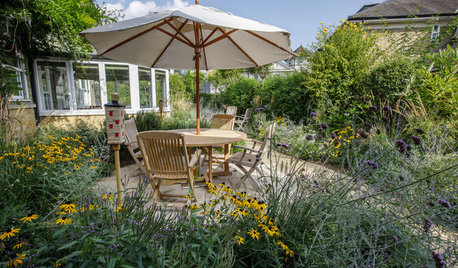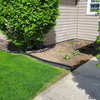Magnolias, Malus, Dogwood... advice and suitability???
Stacey Collins
14 years ago
Related Stories

FALL GARDENING6 Trees You'll Fall For
Don’t put down that spade! Autumn is the perfect time for planting these trees
Full Story
TREES7 Deer-Resistant Flowering Trees to Plant this Fall
If you live in a neighborhood with roaming deer, consider these beautiful trees that won't tempt hungry guests
Full Story
LANDSCAPE DESIGN4 Tips for Creating a Small Garden That Welcomes Wildlife
Win over birds, bees, butterflies and neighbors with these design strategies
Full Story
LANDSCAPE DESIGN7 Great Trees for Summer Shade and Fall Color
These landscape-pro faves straddle the seasons beautifully. Could one enhance your own yard?
Full Story
DECORATING GUIDESShop Your Garden for Easy Holiday Decorations
Make your home merry and bright without all the stress and fuss — everything you need is in your own backyard
Full Story







bahia
mactac
Related Professionals
West Milford Landscape Architects & Landscape Designers · Aloha Landscape Contractors · Cordele Landscape Contractors · Old Saybrook Landscape Contractors · Rio Linda Landscape Contractors · Salem Landscape Contractors · Waterford Landscape Contractors · Northlake Landscape Contractors · Shorewood Decks, Patios & Outdoor Enclosures · Cape Coral Decks, Patios & Outdoor Enclosures · Randallstown Decks, Patios & Outdoor Enclosures · Springfield Decks, Patios & Outdoor Enclosures · Westminster Decks, Patios & Outdoor Enclosures · Fallbrook Swimming Pool Builders · Missouri City Swimming Pool Builderslaag
Stacey CollinsOriginal Author
laag
Stacey CollinsOriginal Author
aegis1000
mjsee
Stacey CollinsOriginal Author
bahia
Embothrium
eviemp
Embothrium